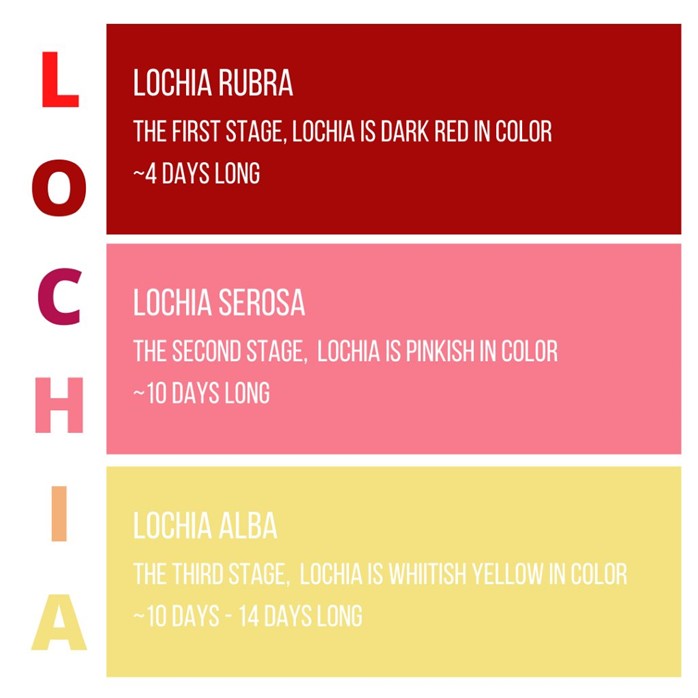The nurse is caring for a group of clients with the help of a practical nurse (PN). Which nursing action(s) should the nurse assign to the PN? (Select all that apply)
Obtain postoperative vital signs for a client one day following unilateral knee arthroplasty.
Perform daily surgical dressing change for a client who had an abdominal hysterectomy.
Initiate patient controlled analgesia (PCA. pumps for two clients immediately postoperatively.
Start the second blood transfusion for a client twelve hours following a below knee amputation.
Monitor a dose of warfarin per protocol for a client with type 2 diabetes mellitus (DM).
Correct Answer : A,B,E
Choice C reason: Initiating patient controlled analgesia (PCA. pumps for two clients immediately postoperatively is not a nursing action that can be assigned to the PN. PCA pump is a device that allows the client to self-administer pain medication through an IV line by pressing a button. PCA pump should be initiated by the nurse after verifying the prescription, setting the parameters, educating the client, and ensuring safety and effectiveness. The PN does not have the authority or competency to initiate PCA pump or adjust its settings.
Choice D reason: Starting the second blood transfusion for a client twelve hours following a below knee amputation is not a nursing action that can be assigned to the PN. Blood transfusion is a procedure that delivers donated blood or blood products into the client's bloodstream through an IV line. Blood transfusion should be started by the nurse after verifying the prescription, checking the blood type and compatibility, obtaining informed consent, and monitoring for any adverse reactions. The PN does not have the authority or competency to start blood transfusion or manage its complications.
Nursing Test Bank
Naxlex Comprehensive Predictor Exams
Related Questions
Correct Answer is D
Explanation
Choice A: Instructing the client to increase his intake of oral fluids until the skin flushing is relieved is not an appropriate action for the nurse, as this does not address the cause of the flushing, which is vasodilation due to tadalafil. This is a distractor choice.
Choice B: Advising the client to place one nitroglycerin tablet under his tongue as a precaution is a dangerous action for the nurse, as this can cause severe hypotension and cardiovascular collapse due to the interaction between tadalafil and nitroglycerin. This is a contraindicated choice.
Choice C: Telling the client to have someone bring him to an emergency department immediately is an unnecessary action for the nurse, as there is no evidence of any serious adverse reaction or complication from tadalafil. This is an overreaction choice.
Choice D: Reassuring the client that skin flushing is a common side effect of the medication is an appropriate action for the nurse, as this can calm the client and educate him about the expected effects of tadalafil. Therefore, this is the correct choice.
Correct Answer is A
Explanation
Choice A is correct because a distended bladder can displace the uterus and prevent it from contracting properly, leading to increased bleeding and risk of infection. The nurse should check for a distended bladder and assist the client to empty it if needed.
Choice B is incorrect because reviewing the hemoglobin is not a priority action. The hemoglobin may not reflect the current blood loss and may be done later.
Choice C is incorrect because massaging the uterus is not necessary if it is firm. Massaging a firm uterus can cause overstimulation and pain.
Choice D is incorrect because increasing intravenous infusion is not a priority action. The client may not need additional fluids if the bleeding is moderate and the vital signs are stable.

Whether you are a student looking to ace your exams or a practicing nurse seeking to enhance your expertise , our nursing education contents will empower you with the confidence and competence to make a difference in the lives of patients and become a respected leader in the healthcare field.
Visit Naxlex, invest in your future and unlock endless possibilities with our unparalleled nursing education contents today
Report Wrong Answer on the Current Question
Do you disagree with the answer? If yes, what is your expected answer? Explain.
Kindly be descriptive with the issue you are facing.
